We may earn money or products from the companies mentioned in this post. This means if you click on the link and purchase the item, I will receive a small commission at no extra cost to you ... you're just helping re-supply our family's travel fund.
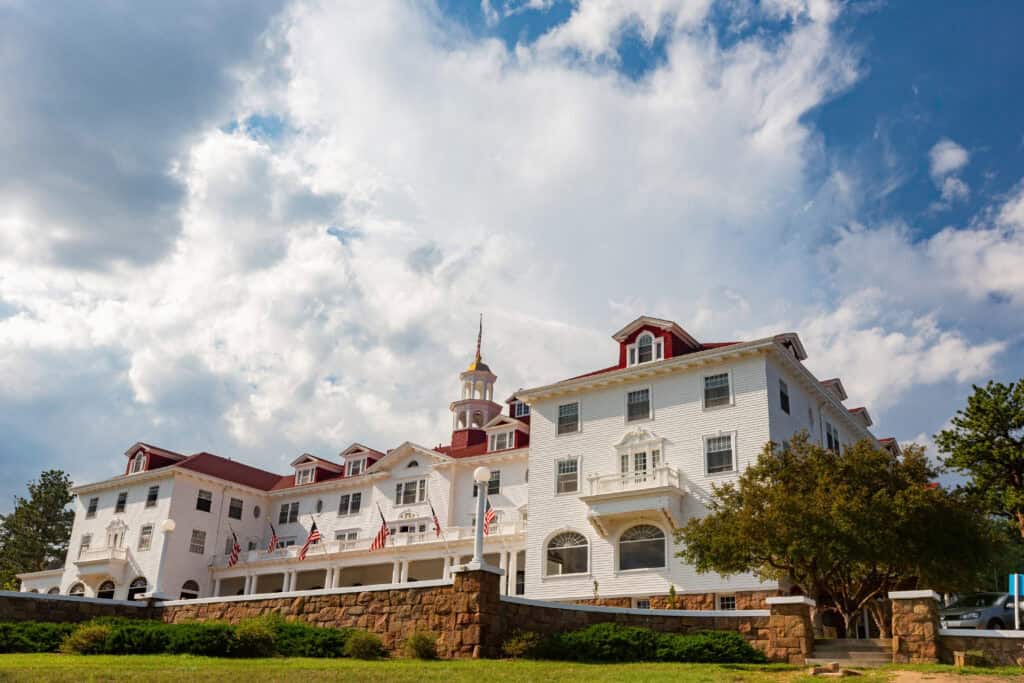
Some towns never step out of frame. Decades after crews wrapped, shop windows still echo scenes, and diners keep a booth just so. Locals lean into the story with walking tours, festivals, and signs that nudge memory into the present. Visitors find the odd mix that makes small towns work: daily life, familiar backdrops, and a little theater. What this really means is that moviemaking didn’t just borrow a street. It rewired pride, foot traffic, and the way a place introduces itself to strangers.
Senoia, Georgia
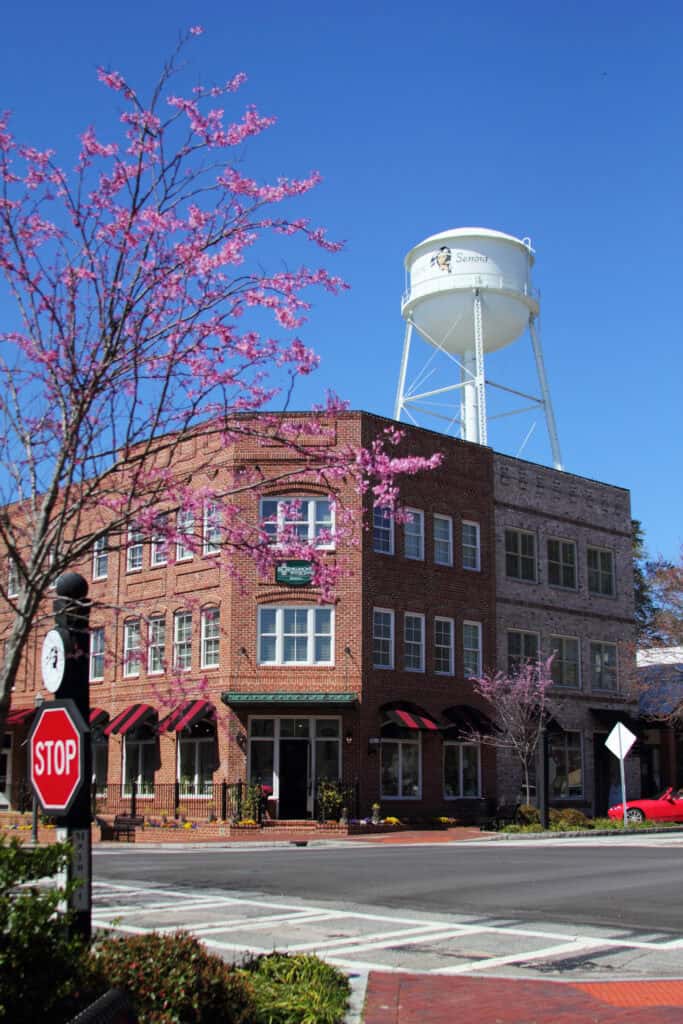
“The Walking Dead” turned Senoia’s tidy core into a living backlot, then left a lasting appetite for set scouting and photo stops. Storefronts sell cast memorabilia, coffee shops trade episode lore, and tours thread past the wall line that once fenced Alexandria. Filming revived brick façades, pulled weekend crowds from Atlanta, and helped new restaurants find their footing. The town now reads as both community and archive, where a quiet lunch can share a curb with a zombie selfie line.
Woodstock, Illinois

“Groundhog Day” still loops through Woodstock’s square, where plaques mark Ned’s corner and the slushy curb near the puddle scene. The opera house hosts screenings, diners pour Phil-inspired specials, and winter events lean into the film’s weather jokes. What sticks is not just nostalgia but a clear walking map that guides visitors through the places the camera loved. Small retailers benefit from a steady rhythm of fans who arrive curious, linger, and leave with a bag from the square.
Astoria, Oregon
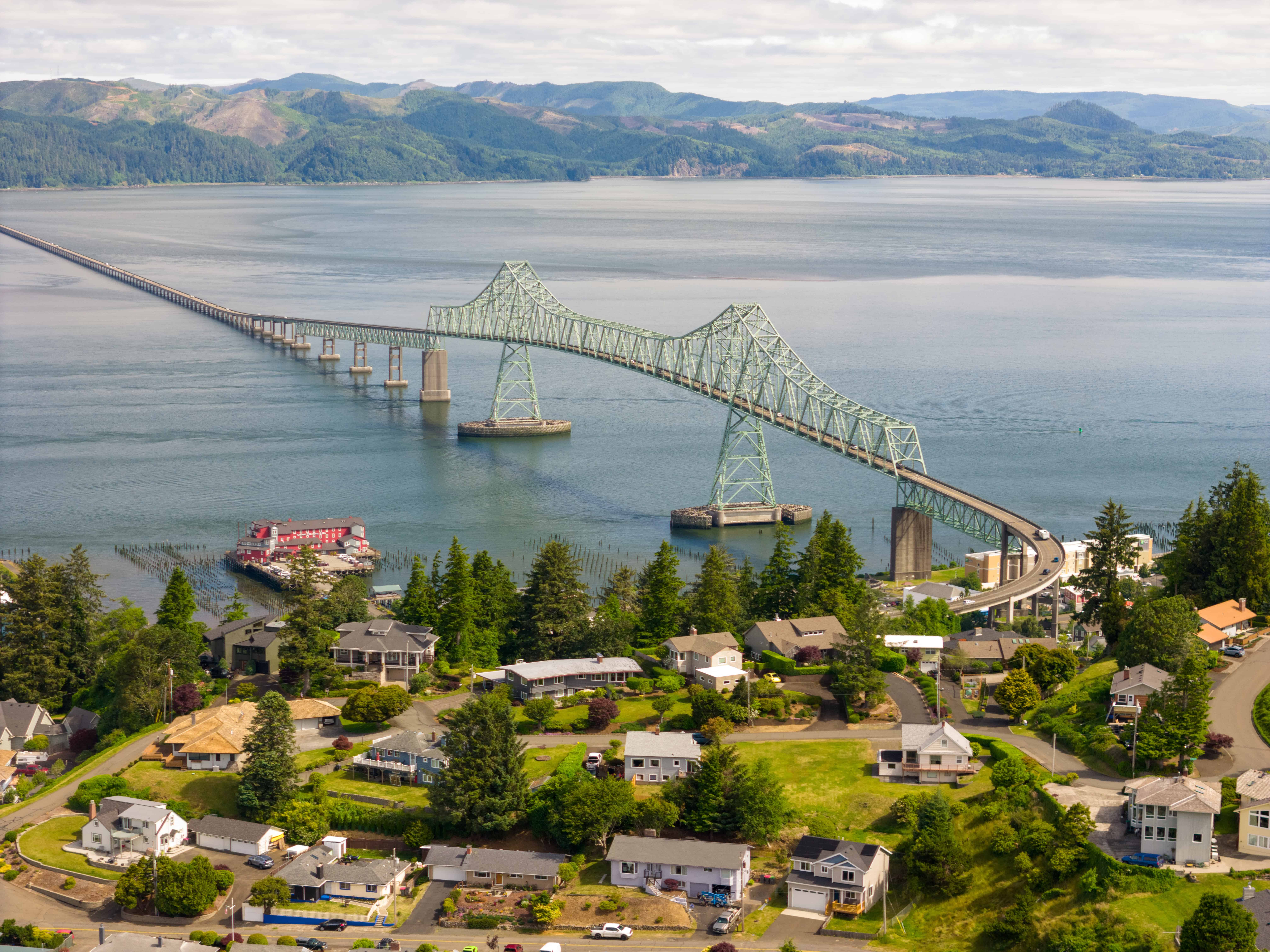
Astoria’s hills carry “The Goonies” like a hometown myth, from viewlines over the Columbia to stops near the old jail from “Short Circuit.” Wayfinding nudges travelers toward murals, piers, and neighborhoods that doubled as adventure backdrops. Shops stock truffle treats and tees, yet the anchor is geography: bridges, mist, and steep streets that match childhood memory. Film trails extend the weekend beyond a single selfie, sending people into museums, pubs, and the waterfront to keep the feeling alive.
Dyersville, Iowa
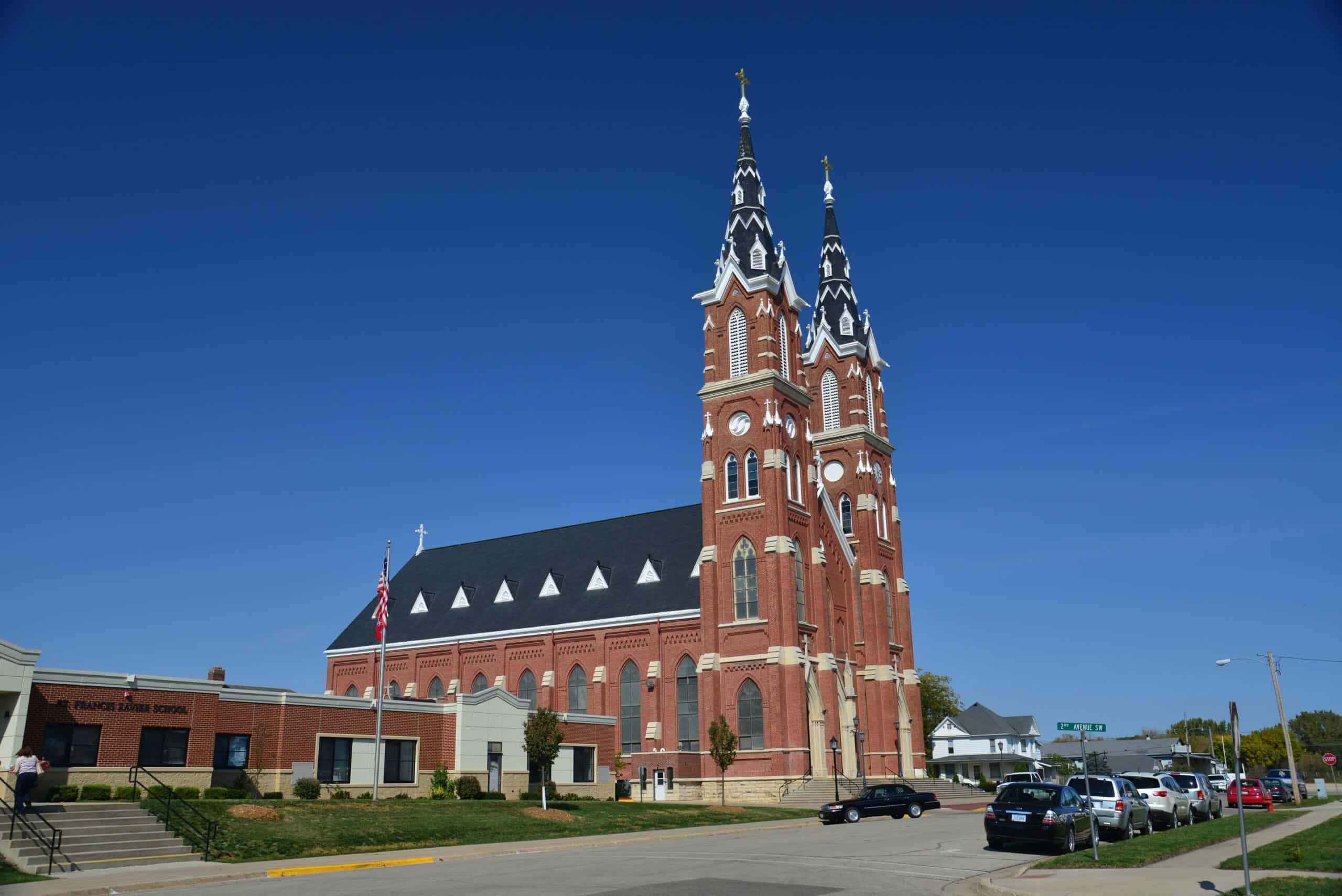
The “Field of Dreams” site sits just outside town, but Main Street wears the halo. Summer schedules pair the ballpark with café pies, card shops, and a modest museum that frames baseball as family ritual. Pop-up games and themed nights push traffic back downtown after sunset, so restaurants catch a second wind. The draw is simple and durable. People come to play catch, then drift into town where staff tell stories with the same gentle cadence as the film.
Marfa, Texas
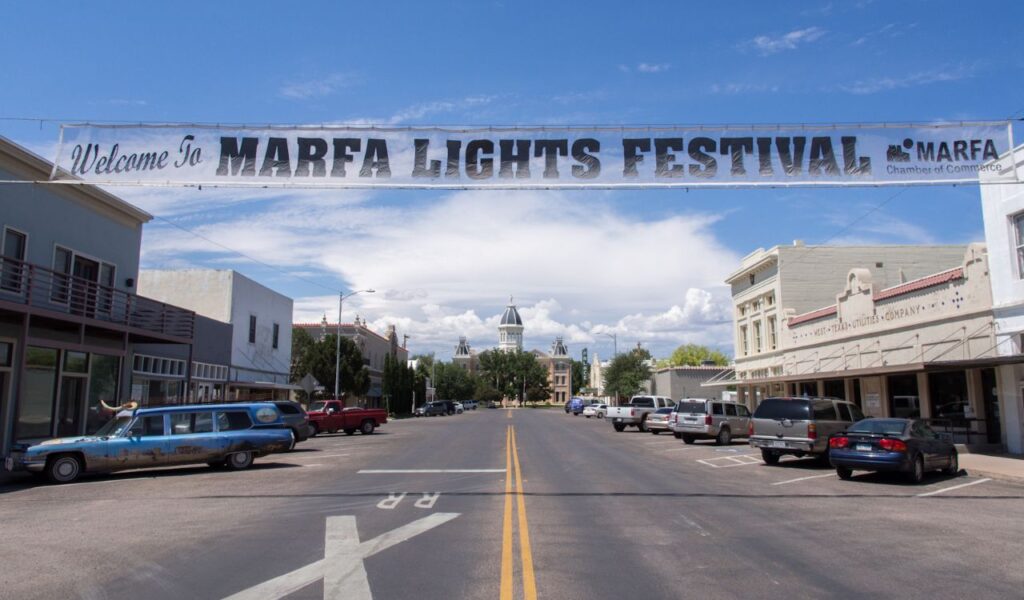
“Giants” of cinema linger here: “Giant,” “No Country for Old Men,” and “There Will Be Blood” folded Marfa into film history and modern art in one sweep. Neon signs, adobe walls, and the wide street grid give directors clean lines, and those lines became a brand. Galleries, motels, and food trucks now orbit the myth without losing the ranch-town core. Film tourism arrives with notebooks and cameras, then spreads money evenly across coffee counters and evening patios.
Bodega Bay, California
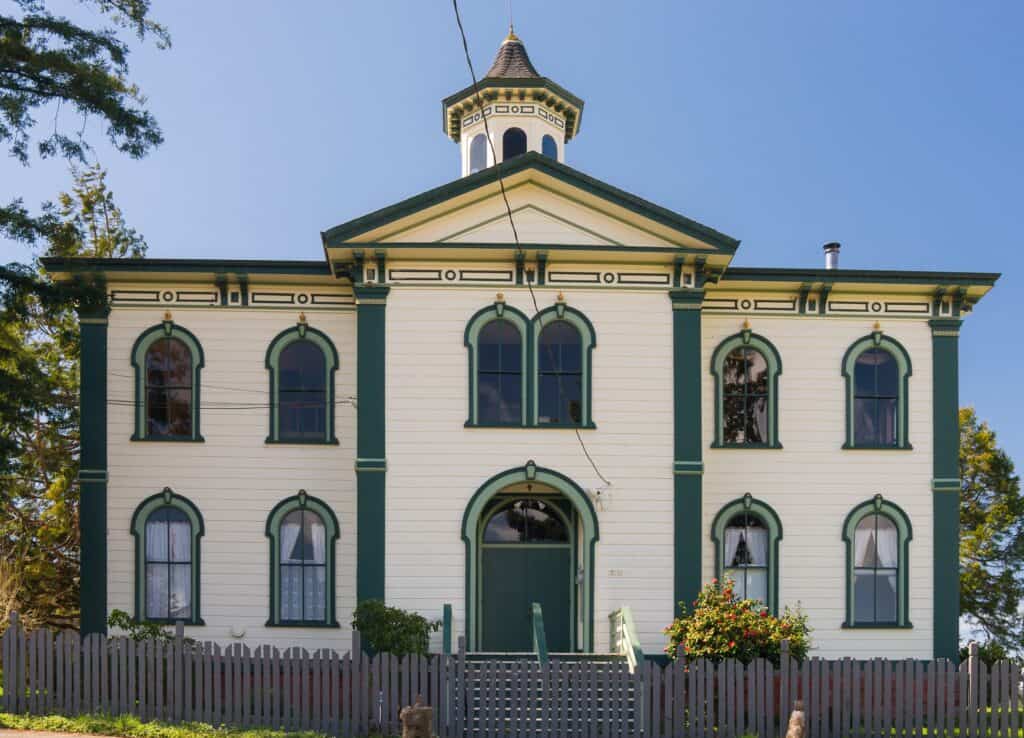
“The Birds” roosts in memory along Highway 1, and Bodega Bay trades in that tension between postcard calm and Hitchcock’s unease. Landmarks like the schoolhouse and church pull fans inland, then send them back to the harbor for chowder and gulls. Shops carry era photos and modest souvenirs, but the main effect is flow: a self-guided loop that keeps visitors circulating rather than sprinting through. Filming stamped a mood that still frames fog, shingles, and shore birds.
Lake Lure, North Carolina

“Dirty Dancing” built a summer fantasy here, and Lake Lure answers with an annual festival, themed boat tours, and small exhibits that explain how sets rose and fell along the shore. Downtown adjusts for the season, stocking tees, vinyl, and photo props while keeping space for everyday errands. The film’s music drifts from patios at dusk, giving Main Street a soft cue for evening foot traffic. It’s tourism that respects pace, water, and the long memory of dance.
Seaside, Florida
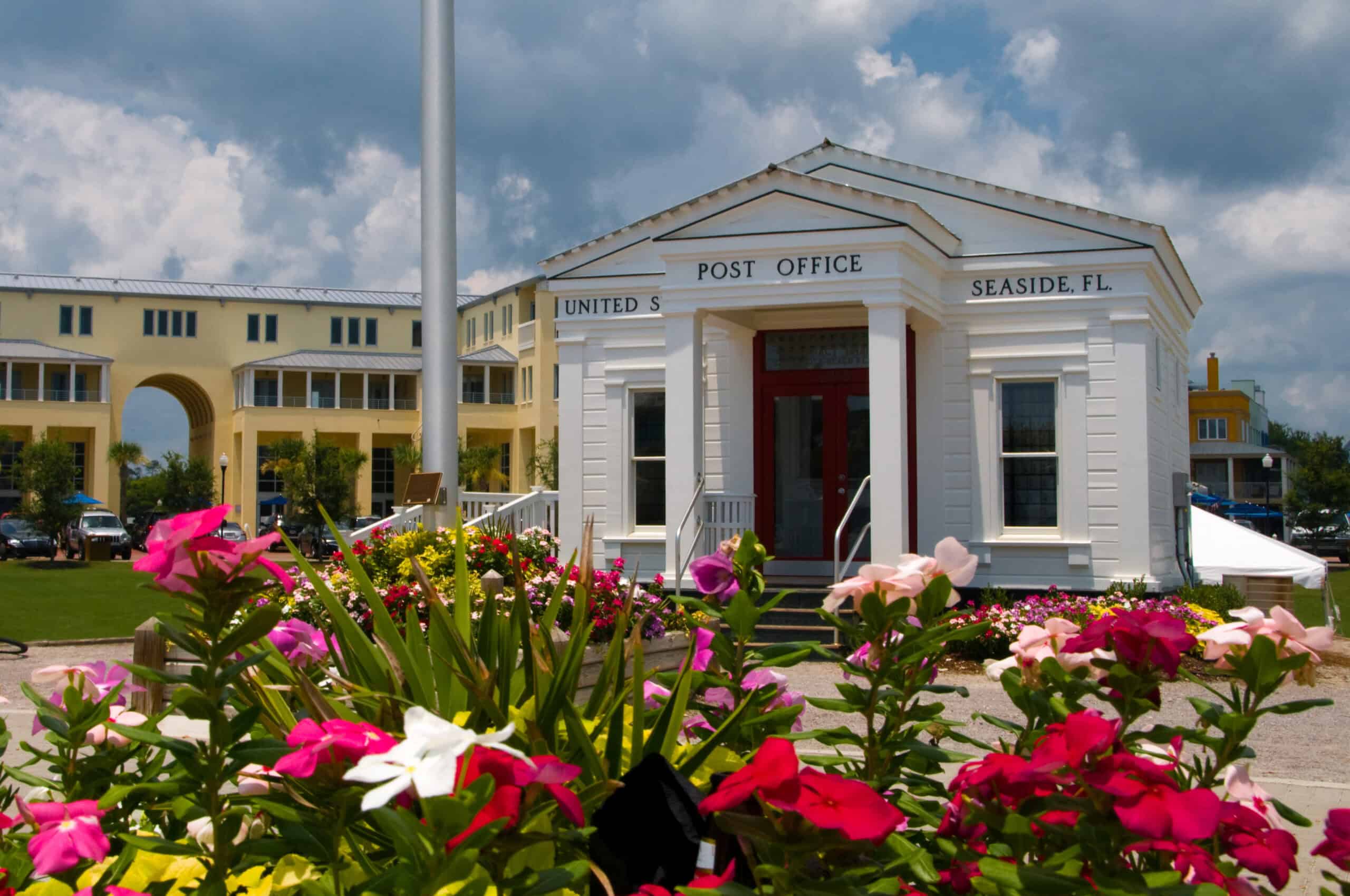
“The Truman Show” introduced Seaside’s tidy streets and pastel porches to the world, and the town leaned into that planned-utopia reveal. Bookstores and markets front a square where bike bells ring like background Foley. Signage nods to filming without turning every corner into a tribute wall, so everyday beach errands share space with frame-matching photos. The result is lived-in cinema: a main street that feels staged and natural at once, precise lines softened by sunscreen and sand.
Estes Park, Colorado
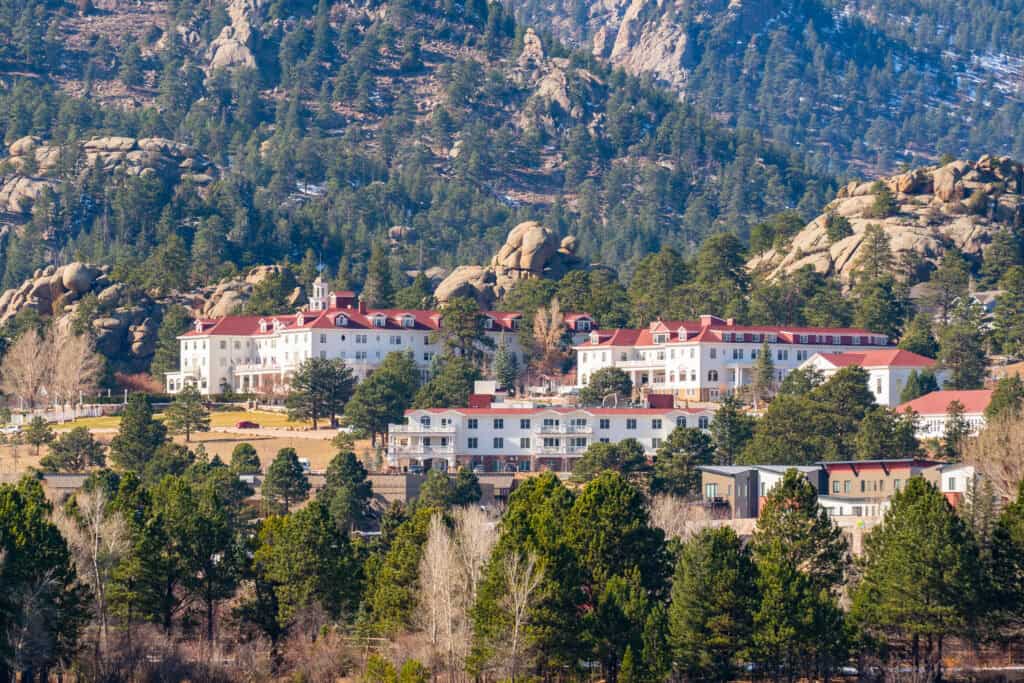
The Stanley Hotel’s link to “The Shining” draws the headline, but the effect spills into town where bookstores, outfitters, and bars trade on the overlap of horror and high country. Tours pair hotel lore with Main Street tastings, keeping visitors in the core after daylight hikes. Merch leans cheeky rather than gory, which suits a family gateway to Rocky Mountain National Park. Film curiosity anchors shoulder seasons, giving shops a steadier curve between leaf and snow.
Forks, Washington
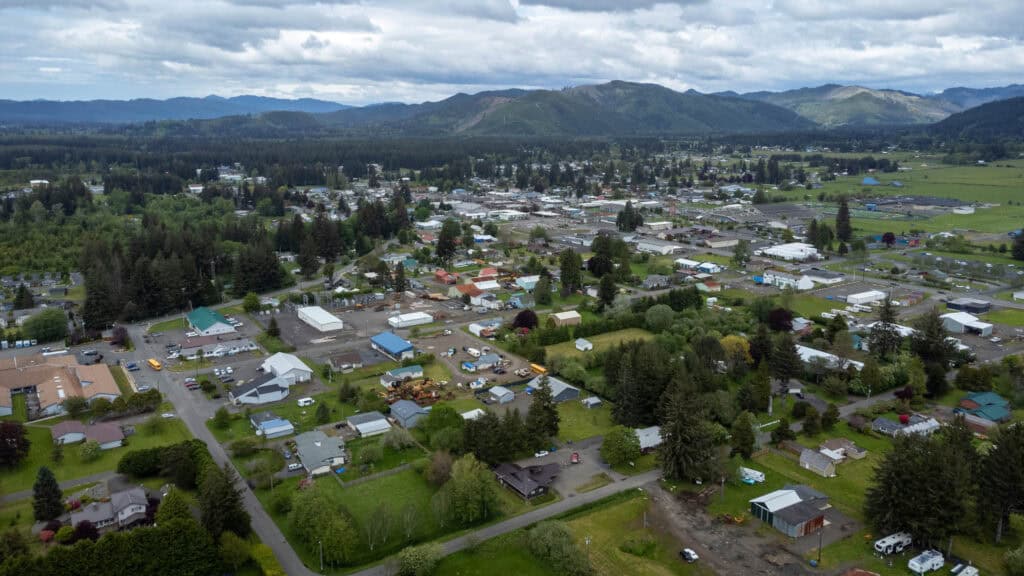
“Twilight” filmed largely elsewhere, yet Forks became the story’s physical home and built a visitor path that still feeds Main Street. Photo stops, modest exhibits, and themed motel touches turn rain into mood rather than inconvenience. Outfitters and diners benefit from travelers who split days between beaches, mossy forests, and town browsing. The key is tone. The fandom is welcomed without being milked, so the street reads like a working timber town with a literary afterglow.